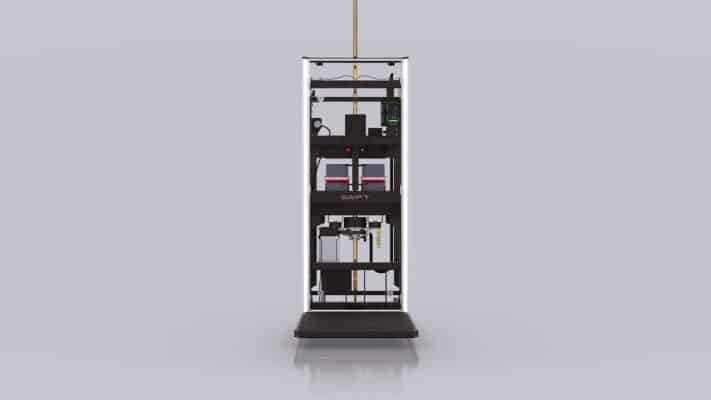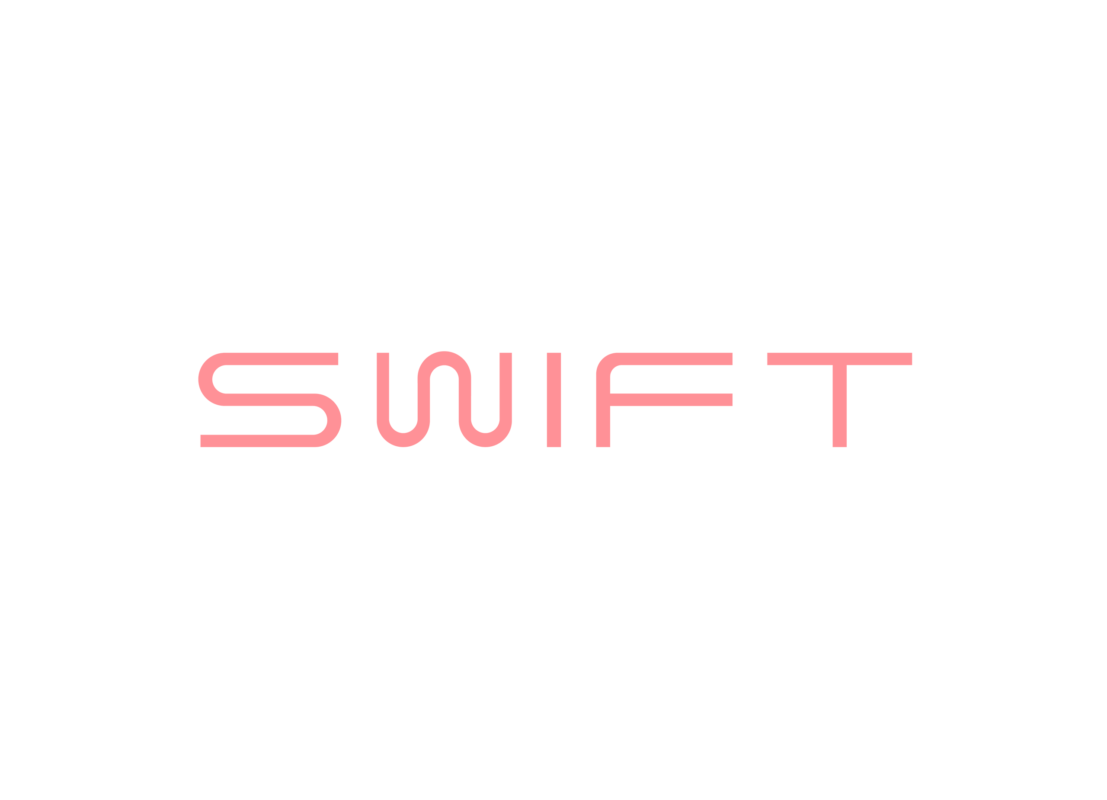How Much Electricity Does SWIFT Consume?
When it comes to energy consumption, SWIFT stands out as a beacon of efficiency in the industry. With a unique Tesla-inspired drive system, SWIFT utilizes innovative technology to minimize energy usage while providing seamless vertical mobility within your home.
Moreover, SWIFT’s energy consumption is further optimized by its maximum power requirement of only 900W. Operating on a standard 220V single-phase power supply with 6A (8A) fuses, SWIFT minimizes power demands without compromising on performance or functionality. This means that homeowners can enjoy the convenience of a home lift without worrying about excessive energy costs or environmental impact.
What Makes SWIFT Different?
One of the key features that sets SWIFT apart is its Tesla-inspired drive system, which operates on the principle of regenerative braking. This means that as the home lift moves downwards, the batteries are charged, harnessing the kinetic energy generated during descent. This energy is then stored in a SWIFT battery pack, and used to power the lift during subsequent journeys, effectively recycling energy and reducing the overall power consumption. By choosing SWIFT you get enhanced accessibility and convenience, but also contribute to a greener and more sustainable future.
In comparison to traditional lifts, which often rely on constant power input from external sources, SWIFT’s regenerative drive system significantly lowers energy requirements. In fact, with normal use, a SWIFT home lift consumes less power than a typical microwave oven. This remarkable efficiency is made possible by the intelligent design and engineering behind SWIFT’s drive system, which prioritizes sustainability and eco-friendliness.

How Much Eectricity Does a Normal Lift Consume:
The electricity consumption of a lift (elevator) depends on several factors, including its type, usage frequency, load capacity, number of floors, and motor efficiency. While it’s difficult to give an exact number for all lifts, we can provide a general estimate and influencing factors.
Average Consumption:
A typical residential or low-rise commercial lift may consume anywhere between 0.5 kWh to 5 kWh per day, depending on usage. On an annual basis, this translates to approximately 180 kWh to 1,800 kWh per year. For high-rise buildings with high-capacity, high-speed lifts, the consumption can be much higher.
Key Factors Influencing Electricity Usage:
Type of Lift:
- Traction Elevators (especially with regenerative drives) are more energy-efficient compared to traditional hydraulic lifts.
- Hydraulic Lifts consume more power during ascent and very little during descent, but lack energy regeneration.
- Machine Room-less (MRL) Lifts tend to be more efficient than older geared lifts.
Motor and Control Technology:
- Lifts equipped with Variable Voltage Variable Frequency (VVVF) drives and permanent magnet motors are more energy-efficient.
- Modern control systems can reduce standby power consumption, which is often overlooked.
Standby Power:
Even when not in use, lifts consume power for lights, fans, sensors, and control systems. In many buildings, standby consumption can account for 60–70% of the total lift energy usage.
Usage Frequency:
A lift that operates 100–200 times per day in a commercial setting will obviously consume more energy than one used 10–20 times in a residential building.
Weight and Capacity:
Heavier loads require more power to lift, especially if the counterweight system isn’t properly balanced.
Energy-Saving Tips:
- Opt for regenerative drive systems to capture and reuse braking energy.
- Use LED lighting and automatic fan shutdown when the lift is idle.
- Regular maintenance ensures motors, pulleys, and control systems operate efficiently.
Conclusion:
A Normal lift’s electricity consumption varies, but with the right technology and maintenance, it can be optimized significantly. For building managers and homeowners, investing in energy-efficient lifts may reduce long-term operational costs and contribute to sustainability goals.











